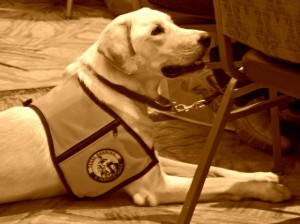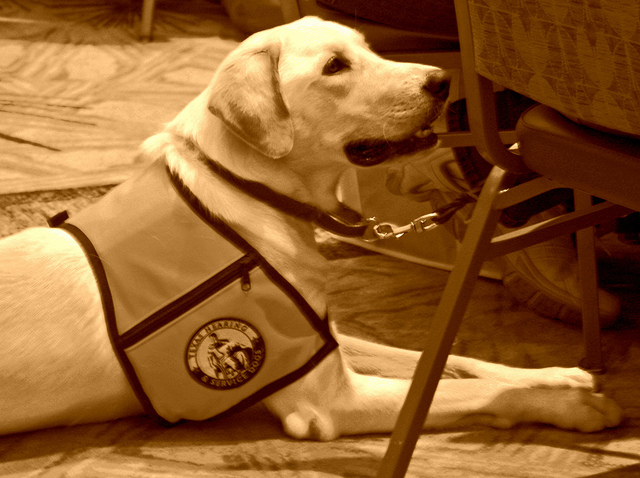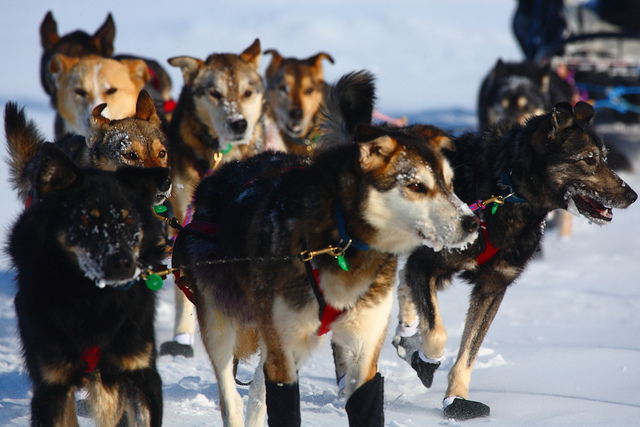Service dogs are much more then fur babies or best fur buddies… they are true companions that are relied upon heavily from their owners. You may feel your dog does things for you that no one else can and they provide companionship, love and support almost to a therapeutic level.

Here is why service dogs are so much more then a regular fur buddy and how to approach and interact with them:
Rachael Armstrong is a Washington State University sophomore veterinary student at who provides “basic training” to assistance dogs. “Zack” is the two-year-old German shepherd currently under Rachael’s tutelage. His title is prominently displayed on the red vest he wears. Given his job will be to assist someone with day to day living, Zack must be exposed to every possible public environment.
It is essential for people to understand that assistance dogs, even in training, are not pets. They receive between one and two years of “basic” training exposing them to public places and then go on to “finishing” school for several more months to perfect their skills.
If you encounter a person with an assistance dog there are a few simple guidelines to follow:
- Do not touch or speak to the assistance dog. This is a distraction that interferes with their work and could endanger their human companion.
- Never attempt to feed an assistance dog! Food is a significant distraction.
- Speak to the person, not the dog, if you have a question or would like information about their dog.
- If you feel compelled to help someone with an assistance dog, offer your assistance and wait for it to be accepted. Well meaning or not, assistance that is not sought is interference and can endanger both the handler and the dog.
Always practice a safe approach when meeting a service dog. They are trained to handle all situations so once you have introduced yourself just follow their lead or the wishes of their handler.
What kind of experiences have you had with service dogs?
Image Source: Calsidyrose on Flickr





Leave a Reply